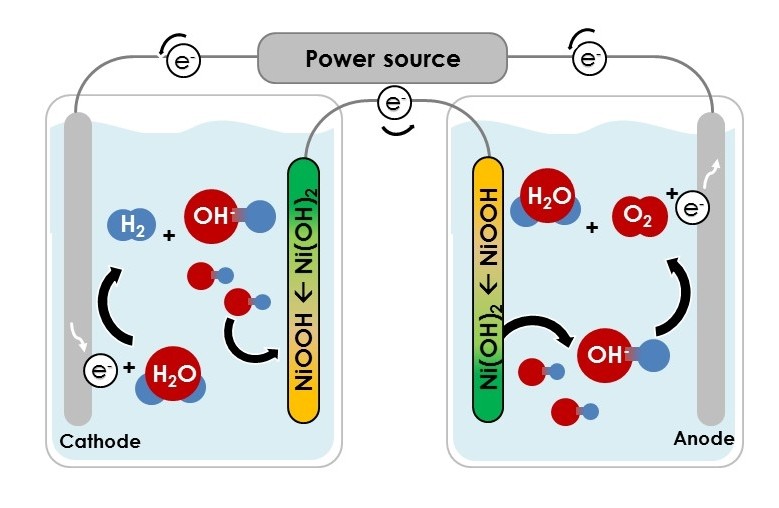Technion is an interdisciplinary technology institution based in Haifa, Israel. Two years ago, it began promoting its unique approach to splitting water to extract hydrogen. One of the researchers on the project won a three-minute thesis contest with her quick and eloquent explanation of photoelectric chemical water splitting, key to the research team’s approach. Point of Sale Delivery The Jerusalem Post reported, “Technion-Israel Institute of Technology researchers have developed a new method for the production of hydrogen from water that uses solar energy in a centralized way at the point of sale, such as a gasoline station for electric cars fueled by the gas.” (Editor’s italics) The article explained, “This eliminates the need for ‘solar farms’ whose hydrogen has to be trucked a long distance, making the process cost effective, safe and efficient.” Published two years ago in Nature Materials, the study was led by Avigail Landman, a doctoral student in the Nancy & Stephen Grand Technion Energy Program and …
Gaining an Edge for Energy Production and Storage
Rice University scientists who want to gain an edge in energy production and storage report they have found it in molybdenum disulfide. From Wikipedia: “Molybdenum disulfide is the inorganic compound with the formula MoS 2. The compound is classified as a metal dichalcogenide. It is a silvery black solid that occurs as the mineral molybdenite, the principal ore for molybdenum. MoS 2 is relatively unreactive. It is unaffected by dilute acids and oxygen. In appearance and feel,molybdenum disulfide is similar to graphite. It is widely used as a solid lubricant because of its low friction properties and robustness.” Let’s break down one probably unfamiliar term (it was to your editor). A chalogen is one of the members of the Vla group in the periodic table and includes oxygen, sulfur, selenium, tellurium, and polonium. Add a more electropositive element to one of those and we get a chalogenide. Double down and make it a dichalogenide, in this case a material that looks similar to graphene, but more three-dimensional, with three layers because it has slab of molybdenum sandwiched between two …

